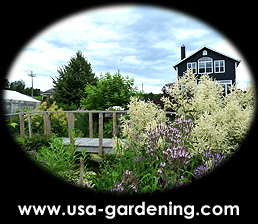|
|
Uses for Wood Ash in the Garden
|
Fireplace or stove
ash - Chemical properties
|
|
Organic garden - Permaculture - Garden compost - Edible
garden - Growing tomatoes - Natural fertilizer |
|
|
|
|
|
| |
|
|
|
|
|
Preamble |
|
Uses for Wood Ash at
Home and in the Garden |
Should you put wood ashes in your garden?
That's the question!
For sure you can use wood ashes as fertilizer if
needed but be carefully because they can affect
the pH level of you soil.
Depending what you burn in your fireplace or
stove, the ashes won't have the same chemical
properties.
How to use wood ash properly in your garden?
Check out this uses in this guide to know more! |
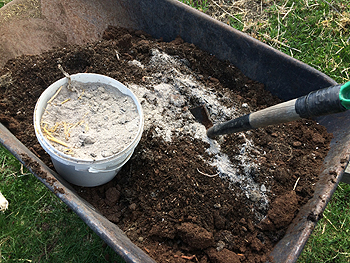 |
|
|
|
|
|
| |
|
|
| |
|
|
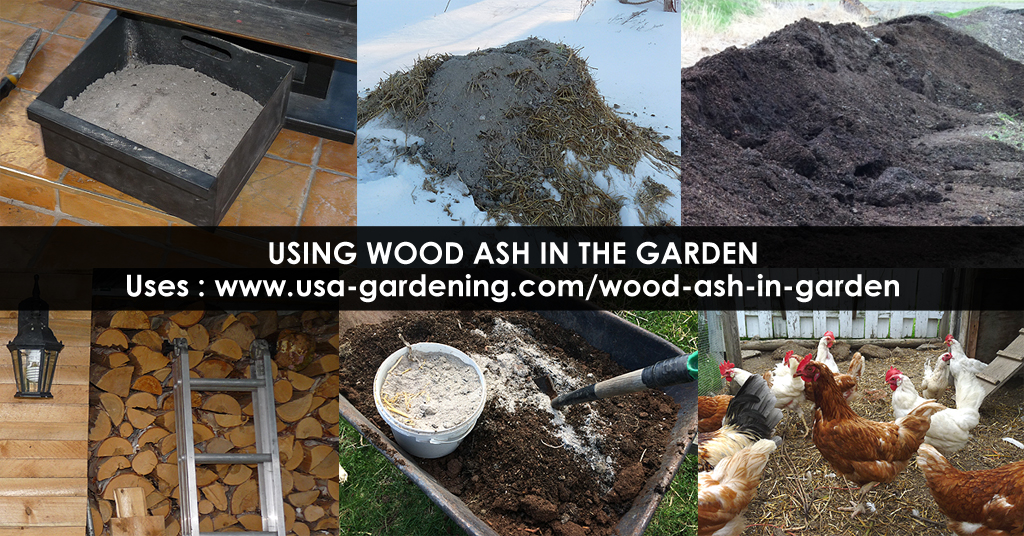 |
|
|
|
Benefits and Uses of Wood Ash |
|
|
|
|
|
| |
| |
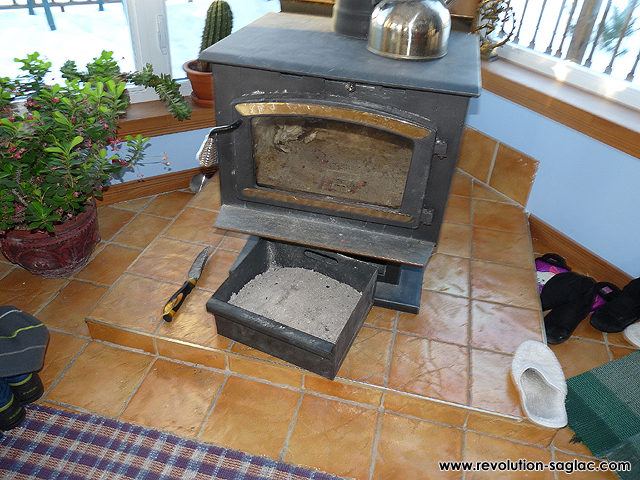 |
|
|
|
Stove's ash pan |
| |
|
Chemical characteristics of wood ash
Is wood ash safe for
gardens? |
| |
|
Chemical properties
of wood ash : |
| |
Wood ash from
fireplaces, wood stoves or outdoor fires can
become wealth for thegardeners, however with
certain limitations.
Once the stove is cleaned, the ashes of the
stove sends up in the ash pan. For use in the
garden, it's essential to avoid burning treated
wood, wood with paint or wood containing screws,
nails or hardware. This is to prevent heavy
metals and other pollutants from ending up in
the ashes.
Being mildly caustic, it's suggested to use
gloves when handling the ash.
Compostable in small quantities, wood ash can
replace lime to decrease soil acidity.
Considering its effect of neutralizing acidity
(increase in PH), ash should not be applied to
spaces in the garden where it is found by
acidophilic plants (plants which need acidic
soil to grow) ( pH between 4 and 6.5). For
example: Azaleas, rhododendrons, raspberries. In
addition, calcareous soil does not need ash
because it is already alkaline!
|
|
|
|
|
|
|
|
|
|
|
|
|
| |
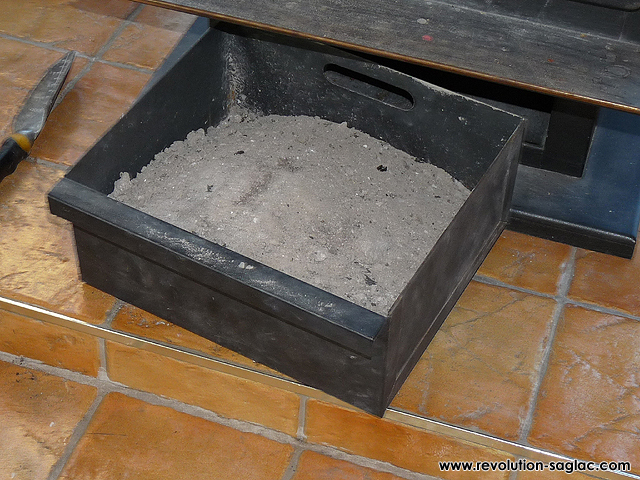 |
|
|
|
Wood ash can raise pH considerably |
| |
|
| |
Wood ash Chemical Composition
Tips and
precautions |
| |
|
Chemical properties
of wood ash : |
| |
Wood ash is an
excellent fertilizer because it is mainly
composed of calcium (between 20 and 50%). It
also contains potassium (between 3 and 9%),
silica (14%), magnesium (1 to 4%), phosphorus
(0.5 to 2%) and other trace elements. Note that
it doesn't contain nitrogen!
To avoid disturbing or unbalancing the chemical
and biological composition of the soil, do not
exceed the following dose of ash: 100 grams of
ash/10ft2 and per year, or by around 2 big
handfuls.
Before transporting the ash pan filled with
ashes, make sure that the ashes are not hot.
This is to prevent the possibility of fire.
You can, if you wish, pass your ashes through a
sieve in order to keep only the ash powder. The
pieces of coal can still be deposited in the
garden with the finer ashes.
We can, among other things, use the ash in the
garden: in compost, on the lawn to reduce the
amount of moss, in the mixture of soil for
planters or flower pots, to neutralize and
enrich chicken manure, etc. |
| |
|
|
| |
|
|
|
|
|
|
|
